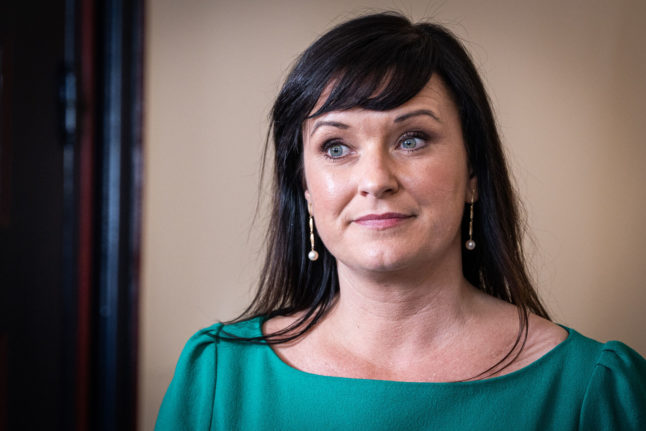Annika Tibell, head of the hospital’s Department of Transplantation Surgery, has kept statistics on the number of people returning to Sweden for further treatment after having transplant surgery outside the country.
”I’ve tried to keep an inventory and we have around 30 people who have received transplants abroad, in most cases with purchased organs,” Tibell told Sveriges Radio.
One of the Swedes who bought an organ told the station he had tired of waiting in line for an operation and had instead travelled to Pakistan to buy a kidney.
Organ trade is prohibited under Swedish law.
Social affairs minister Göran Hägglund said he was deeply concerned by the development, which he described as unethical.
“It’s a manifestation of a sort of organ colonialism by which people in the wealthy part of the world exploit the poorest people in the world in a way that is completely unacceptable,” he said.
Hägglund said the Swedish system for donating organs worked quite well, but stressed that there was also plenty of scope for improvement.
“There are a lot of people who say they are prepared to donate their organs – 80 percent according to some studies – but there are very few who go from words to action,” said Hägglund, the leader of the Christian Democrat party.
“It’s possible that the gloomy fact we’re now discussing this will result in more people applying and really registering their willingness.”
Charlotte Möller, an expert in organ donor issues at the National Board of Health and Welfare (Socialstyrelsen), said the agency agreed with Tibell’s assessment of the extent of the problem but was not planning to take any immediate action.
“This is of course very unfortunate and is not something we like or support,” said Möller.
“We have to keep trying to ensure that the Swedish healthcare system can carry out the necessary donations. But we currently have a case where demand is greater than supply.”
Håkan Hedman, chairman of the Swedish Kidney Foundation (Njurförbundet), said nobody in Sweden should take the desperate step of buying a kidney when patients can lead a satisfactory life with the aid of dialysis.
“We strongly distance ourselves from this activity and plead with all kidney patients to stop and think,” said Hedman. “People get hurt from this kind of trafficking.”
Most patients find a donor within three years, often sooner if a friend or family member agrees to be a live donor. Between 30 and 40 percent of patients receive a kidney from a live donor.
“But a lack of organs is of course a serious problem and there’s a lot left to do in this area, both within the healthcare system and in terms of informing the general public,” said Hedman.
A kidney operation using a purchase kidney can cost up to half a million kronor ($80,000), Sveriges Radio reports. Most of the money goes to the surgeon, with the seller generally receiving between $800 and $4,000.



 Please whitelist us to continue reading.
Please whitelist us to continue reading.
Member comments